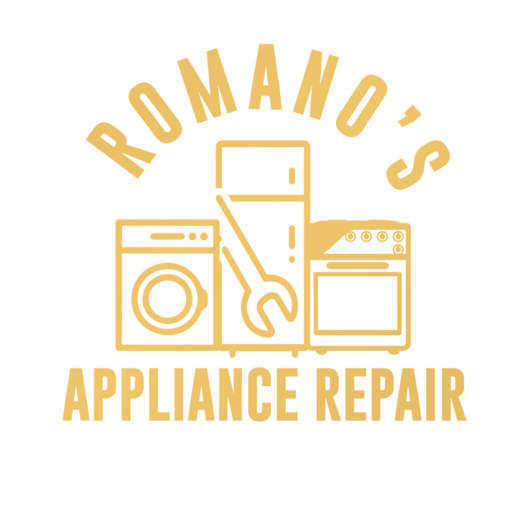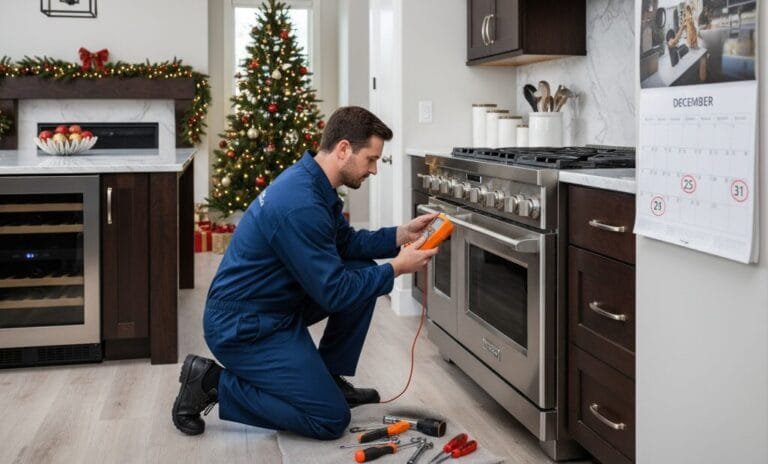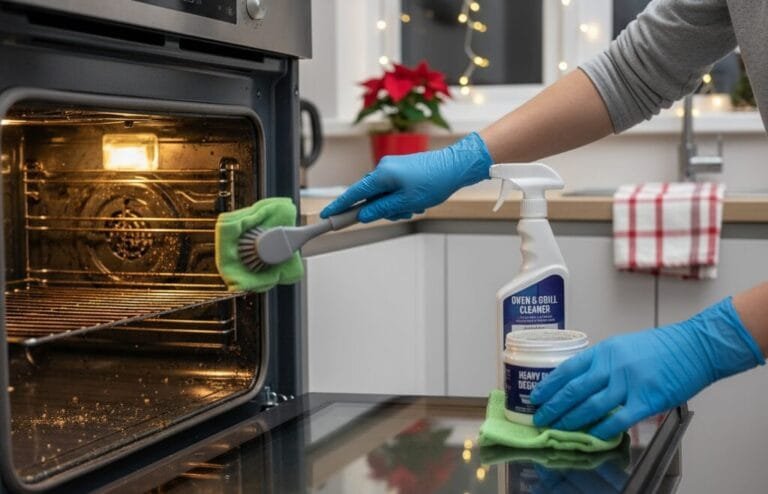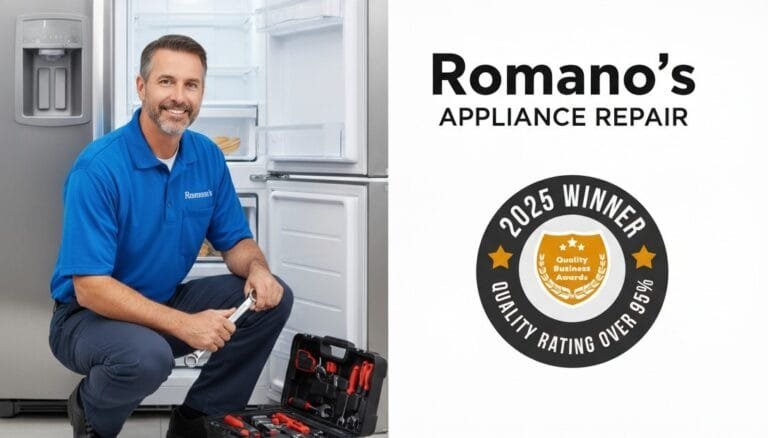Your washing machine handles heavy loads week after week—and when it breaks down, laundry quickly piles up. At Romano’s Appliance Repair, our EPA-certified, factory-trained technicians repair all major washer brands throughout Palm Beach County. Below, we explain five of the most frequent washer problems, how we diagnose them, and the proven fixes we deliver to get your machine running smoothly again.
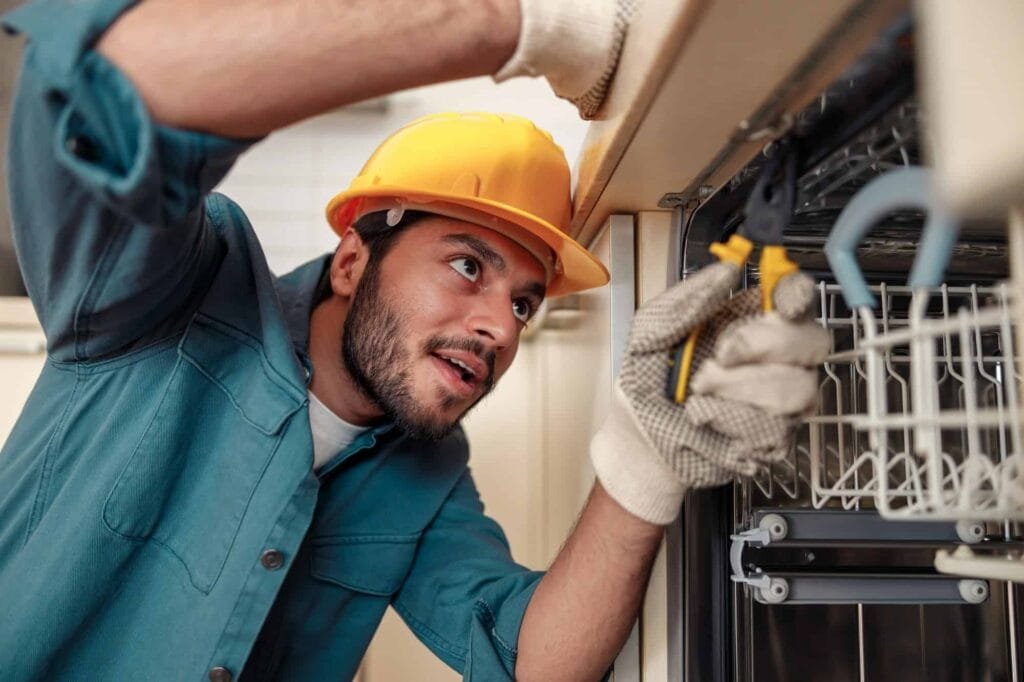
1. Washer Doesn’t Spin or Agitate
Symptoms: Clothes remain soaking wet; drum doesn’t turn or only rocks gently.
Common Causes & Fixes:
- Broken Drive Belt: Over time, belts can stretch or snap. After inspecting under the cabinet, we replace it with OEM-grade belts and test drum rotation.
- Faulty Motor Coupler: Some top-loaders use a plastic coupler between the motor and transmission. If stripped, we swap in a heavy-duty replacement.
- Defective Lid Switch or Door Lock: Front-loaders and top-loaders disable spin when lids or doors aren’t securely closed. We test the switch with a multimeter and replace it if it fails continuity checks.
Result: Restored spin cycle—so your clothes come out nearly dry, reducing dryer time.
2. Washer Leaks Water
Symptoms: Puddles under the machine, damp floor after cycles.
Common Causes & Fixes:
- Worn Hoses or Hose Clamps: High-pressure inlet and drain hoses can crack. We inspect all hoses, replace brittle sections with reinforced hoses, and tighten stainless-steel clamps.
- Damaged Door Boot or Gasket: Front-loaders often leak when the rubber door seal tears. We remove the old boot, clean the sealing surface, and install an exact-fit gasket.
- Faulty Water Pump: Pump seals can wear out or impellers break. We remove the drain pump, bench-test for leaks and flow, then install a new OEM pump if needed.
Result: Leak-free operation that protects your flooring and prevents mold growth.
3. Washer Won’t Fill or Takes Too Long to Fill
Symptoms: No water enters drum, or inlet takes excessively long to reach proper level.
Common Causes & Fixes:
- Clogged Inlet Screens: Sediment from the supply line can block screens in the water inlet valve. We shut off the water, remove hoses, clean screens, and flush the valve ports.
- Defective Inlet Valve: If screens clear but water flow remains low, the solenoid valve may keep its seat closed. We test coil resistance, then swap in a new, NSF-certified inlet valve assembly.
- Pressure Switch Malfunction: Washers use a pressure switch to sense water level. If it sticks, we check tubing for cracks, clear obstructions, and replace the switch if readings don’t change with applied air pressure.
Result: Precise fill levels every cycle—eliminating overflows and insufficient wash action.
4. Washer Won’t Drain or Spin Out Water
Symptoms: Water stays pooled in drum after spin; “CL” or “Sd” error codes on some models.
Common Causes & Fixes:
- Clogged Drain Pump or Drain Hose: Small garments, lint, or debris often block the pump or hose. We disconnect, inspect, and clear obstructions, then ensure free pump impeller rotation.
- Bad Pump Motor: If the pump hums but fails to move water, the motor windings may be burnt. We replace the entire pump motor assembly using an OEM part for lasting performance.
- Control Board or Timer Defect: On rare occasions, the washer’s main control fails to advance to drain/spin stages. We run diagnostic cycles and, if the board fails to send pump voltage, program and install a new control module.
Result: Complete water extraction at the end of cycles, preventing soggy loads.
5. Excessive Vibration, Shaking, or Noise
Symptoms: Loud thumps, banging against walls, or uneven spinning sounds.
Common Causes & Fixes:
- Unleveled Machine: Even floors can have high or low spots. We use a precision level and adjust the four leveling feet to stabilize the unit.
- Worn Suspension or Shock Absorbers: Front-loaders rely on dampers; top-loaders use suspension rods. We inspect these parts for oil leaks or fatigue and replace defective struts or rods.
- Foreign Objects in Drum: Coins, buttons, or small toys can get trapped between drum and tub. We perform a full drum pull, remove debris, and then rebalance the tub assembly.
Result: Smooth, quiet operation and minimal wear on internal components.
Why Choose Romano’s Appliance Repair?
- Factory-Trained Technicians: We maintain current certification for Samsung, LG, GE, Whirlpool, Maytag, and more.
- Transparent Pricing: You receive a flat-rate repair quote before work begins—no hidden fees.
- 90-Day Warranty: All parts and labor are guaranteed for three months.
- Prompt Service: In most cases, we arrive same-day or next-day, minimizing your laundry downtime.
Frequently Asked Questions (FAQs)
Q: How much does a typical washer repair cost?
A: Most common fixes—such as hose replacement or belt swap—run between $120–$200, including parts and labor. More complex issues, like control board replacement, may cost $250–$350.
Q: Can I run my washer if it leaks slightly?
A: No. Even small leaks can cause electrical hazards and mold. We recommend shutting off the water and calling us immediately.
Q: How long will my washer last after repair?
A: Properly maintained machines often run trouble-free for another 3–5 years, depending on usage and model.
Q: Do you repair all brands?
A: Yes. We service all major US and European washer brands, as well as many high-end specialty models.
Contact Romano’s Appliance Repair
Don’t let washer issues pile up your laundry. Call Romano’s Appliance Repair for fast, reliable service:
- Phone: (561) 352-8870
- Email: romanosappliance@gmail.com
- Website: romanosappliancerepair.com
We’re here to solve your toughest washer problems—backed by EEAT-driven expertise and a commitment to customer satisfaction.
